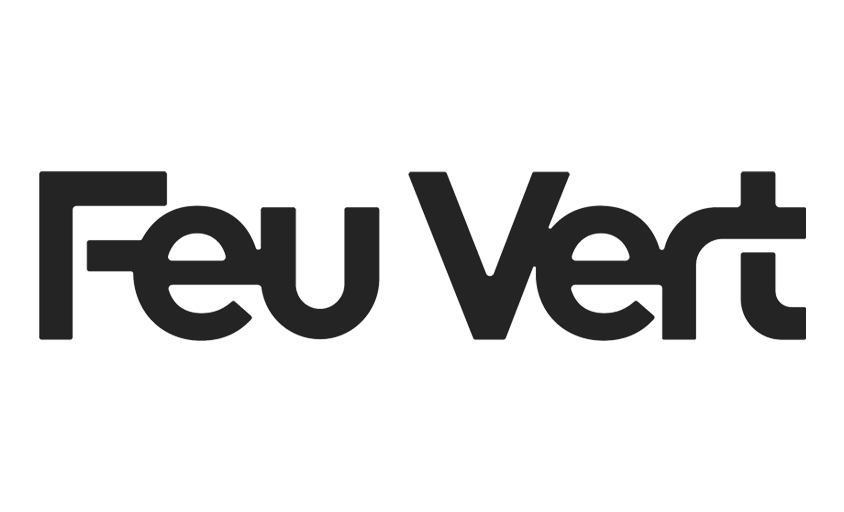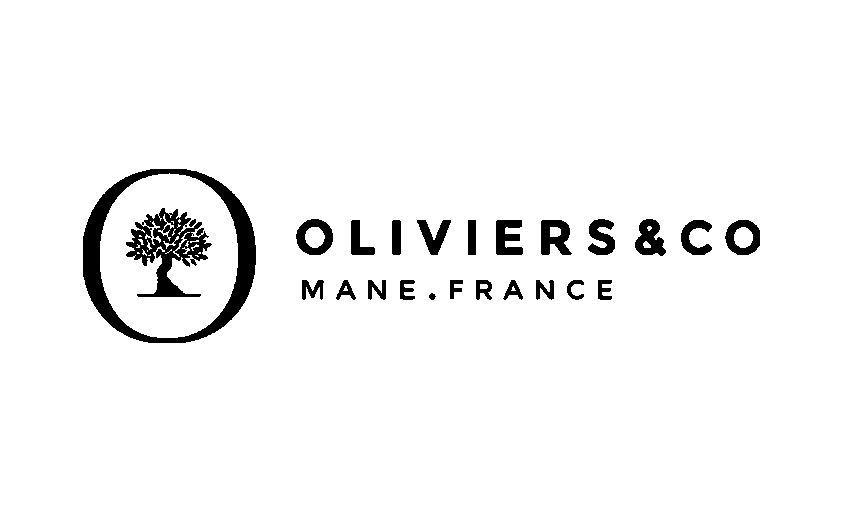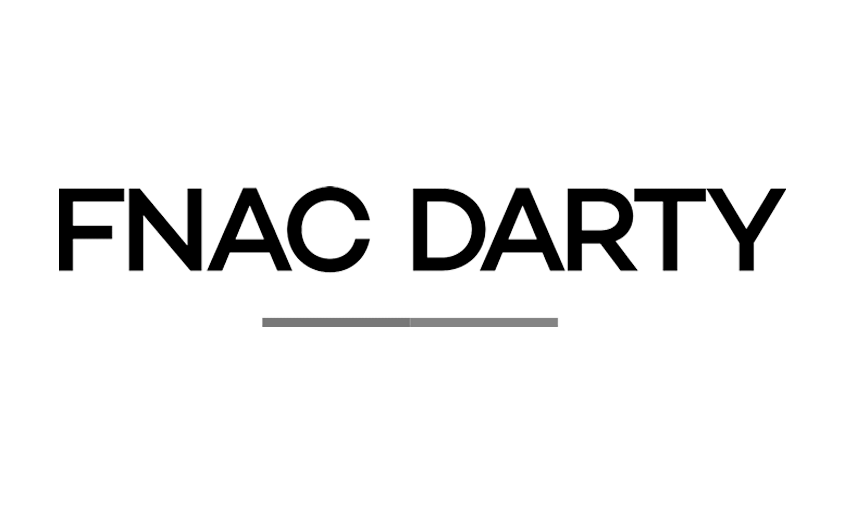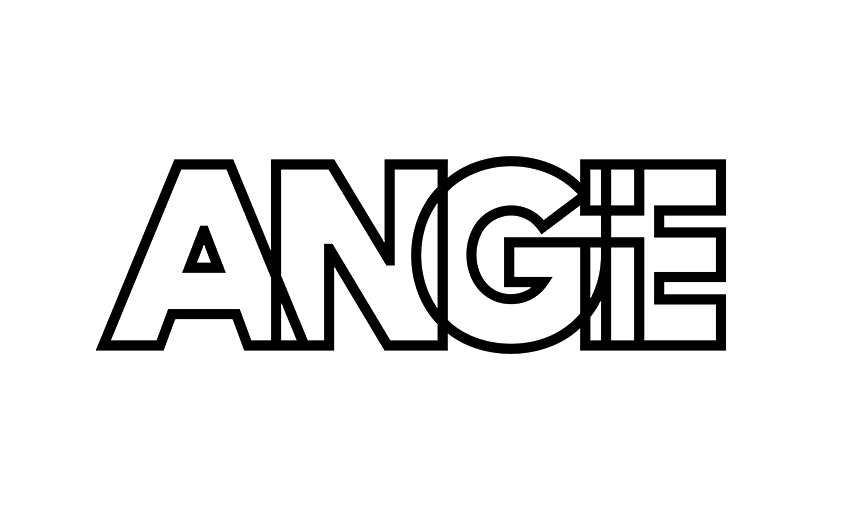What is the difference between a business introducer and a commercial agent?
In this article :
When a company relies on a third party to help grow its revenue, it can turn to a business introducer, as Rétines can do, or a commercial agent. These two roles are often confused, yet their missions, responsibilities, and legal frameworks differ significantly. Here are the key points to clearly understand the distinction.
1. Scope of the mission
It starts with the nature of the intervention. The business introducer and the commercial agent operate at different stages of the sales cycle.
- The business introducer plays a limited role: they simply connect a company with a prospect. They do not engage in commercial discussions, do not negotiate, and do not sign contracts. They pass on a contact and stop there.
- The commercial agent, on the other hand, is mandated by the company. Their mission is to promote its products or services, negotiate commercial terms, and close sales on behalf of the company.
The difference lies in the level of engagement: the introducer presents, the agent acts.
2. Nature of the legal link
Beyond the mission, the contractual relationship linking each role to the company is different.
- The business introducer operates without representation power. Their relationship with the company is governed by a civil contract. They are paid on performance but do not legally represent the company to clients.
- The commercial agent is regulated under the Commercial Code. They act under a mandate on behalf of the company, giving them specific rights, including protection in case of contract termination.
Legally, the introducer is an independent service provider without a dedicated legal status, while the agent has a regulated framework.
3. Remuneration
One of the most tangible differences concerns how each is paid.
- The business introducer earns a commission only if the deal resulting from their introduction is concluded. They are paid per transaction. If the sale does not happen, no payment is due. The commission is often fixed or a percentage of the sale but does not include ongoing payments.
- The commercial agent earns a commission on all sales made under their mandate. They can receive recurring payments as long as the commercial relationship lasts, even after their initial intervention.
In short: the introducer is occasional with a one-time payment, the agent operates continuously.
4. Obligations and responsibilities
The expected level of engagement differs greatly between the two roles, reflected in their contractual obligations.
- The business introducer has no obligation of result or means. They do not need to follow up on the interactions or report their actions. They often operate without exclusivity and can recommend multiple players in the same sector.
- The commercial agent is bound by a duty of loyalty. They may be subject to exclusivity clauses, must report market information, maintain client relationships, and can be involved in commercial disputes.
The level of responsibility is not comparable: one acts as a free intermediary, the other as a committed partner.
5. Summary
These roles are often confused, but the difference is structural.
- The business introducer is a free intermediary, acting without a mandate and without follow-up. They are paid per deal but remain outside the sales process. Flexible and informal, they are less involved.
- The commercial agent is an official representative, operating under a clear regulatory framework. They are usually more costly long-term but can manage comprehensive commercial development in a territory or sector.
Choosing between the two depends on the company’s need: a one-time introduction or long-term commercial development.
Jérémy Carlo is the editorial director at Rétines, where he ensures the consistency and clarity of all content produced by the studio.
Our Clients
Let’s discuss
What we do for you at Rétines
Meticulous work, an organised project and fast delivery. And to achieve this, we mobilise the right resources in our teams at the right time.
01
Pre-production
Artistic and technical direction tailored to the project.
Relevant recommendations on content, form and resources.
02
Photo Shooting
Photos taken by our experienced photographers.
Production that’s controlled, efficient and tailored to the needs of the project, with nothing superfluous.
03
Retouching
Technique
Photographs magnified by our retouching team.
Post-production to meet the commercial challenges of the brief.












